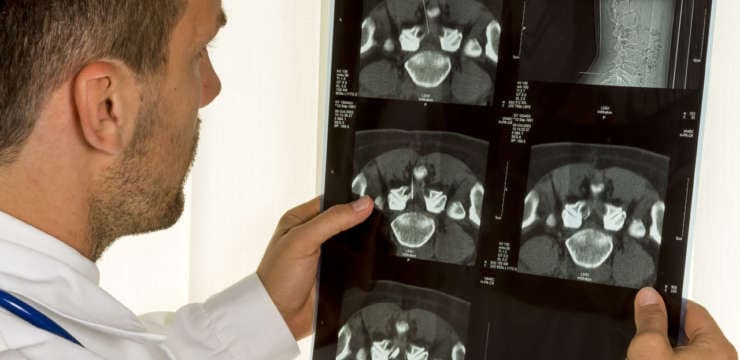The most common form of pain is the headache. Whether dealing with a mild, dull ache, severe throbbing, or painful tension along the scalp and…


The most common form of pain is the headache. Whether dealing with a mild, dull ache, severe throbbing, or painful tension along the scalp and…

Introduction The human body makes sure that everything is working properly. From regulating hormones to making sure that each organ system is doing its job…

Introduction When the body goes through different situations, it has the natural ability to repair itself. Sometimes the injuries can be so severe that functional…

Ankylosing Spondylitis was first described two centuries ago and is the most common form of spondyloarthritis. Indeed, the term spondyloarthritis refers to a group of…

Improving posture can be challenging. Poor posture is often the source of various musculoskeletal issues like chronic pain throughout the body. Poor posture can be…

Musculoskeletal Nutrition: Musculoskeletal conditions are non-communicable conditions/disorders and are the most common conditions that chiropractors and physiotherapists treat. Unhealthy lifestyle practices like smoking, an unhealthy…

Introduction When unwanted pathogens are attacking the body, it can cause many chronic illnesses and can damage the cells, organs, and tissues. However, through the…

Introduction The body has a way to make sure that each and every system inside are functioning normally and are doing their jobs perfectly. However,…

Sports chiropractic athletes: A sports chiropractor is a specialist that works with athletes to improve their performance. These doctors specialize in assessing and treating sports…

Introduction When the body sustains an injury, the immune system springs into action by going to the injured area and healing it through inflammation. Inflammation…
Introduction The body goes through many scenarios that can impact its entire system. From stressful situations to making sure that each organ system is working…

Sciatica motor vehicle crash. After an automobile crash/accident, symptoms of pain and discomfort can immediately follow the force of impact, indicating an injury. Many injuries…

Introduction When the body sustains injuries, it goes through a process called inflammation. Studies show that when the body starts activating the immune system and…

Introduction The human body is truly amazing. It can handle stressful situations, it has the ability to heal itself after injury, and makes sure that…

Sleeping with a bulging disc can be challenging for the body to achieve the proper rest. And sleeping in an awkward position can add stress…

Introduction The body has trillions of cells that help maintain order for the body and make sure that it is functioning properly. The cells in…

Introduction In today’s modern medicine, there are many ways that are beneficial for the body through therapy. From chiropractic care through hormone therapy, regenerative cellular…